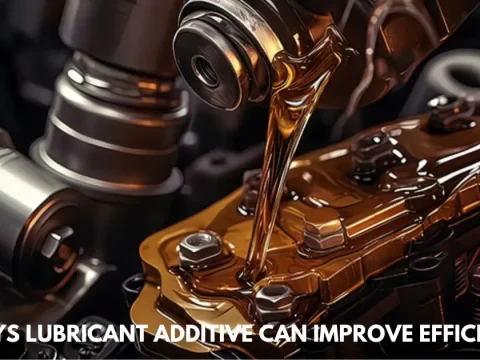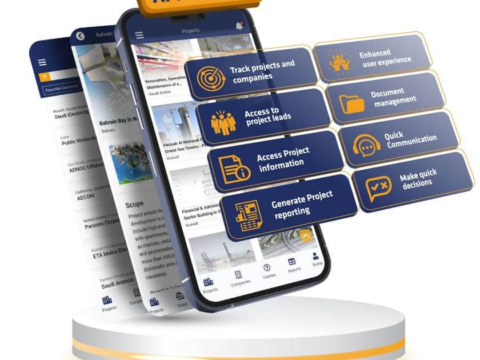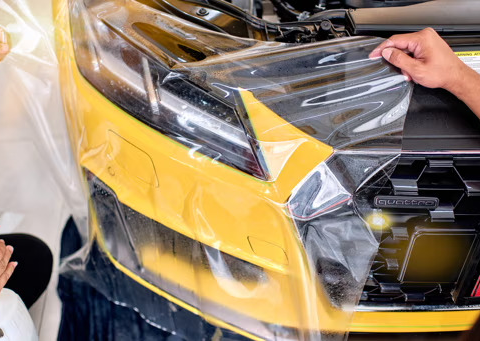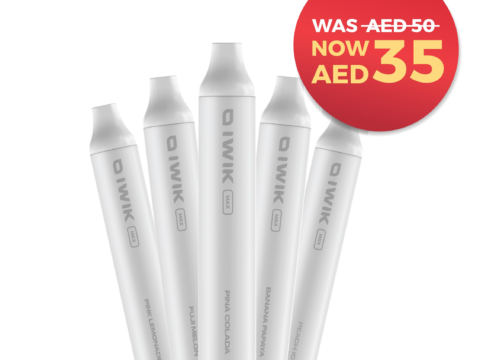Recent Posts
How To Train Remote Employees Effectively
Training remote employees presents unique challenges, but also opportunities to create flexible and engaging learning experiences. With the right tools, strategies, and approach, you can…
Tips To Measure Your Advertising Success
Measuring the success of your advertising efforts is vital to understanding the impact of your campaigns and optimizing future strategies. For businesses involved in DOOH…
5 Benefits Of Enrolling In A Driving School
Enrolling in a certified driving school offers numerous advantages for individuals learning to drive, whether they are beginners or seeking to enhance their driving skills….
Costs Involved In Setting Up A Business In UAE?
Setting up a business in the UAE involves various costs that depend on factors such as the business structure, location, industry, and specific requirements. Here’s…
Developing An Effective Onsite Laboratory Training Solution
Laboratory training plays a vital role in ensuring that personnel are skilled and competent in handling equipment, conducting experiments, and adhering to safety protocols. An…
Unconventional Restaurant Concepts That Are Redefining Dining
The restaurant industry has always been known for its creativity and innovation, especially when it comes to developing unique concepts that redefine the dining experience….
6 Ways To Add Personality To Your Kitchen Design
Adding personality to your kitchen design is a fantastic way to infuse character, warmth, and uniqueness into one of the most important rooms in your…
Creating A Safe Environment In A Nursery School For Kids
Creating a safe environment is necessary in nursery in Greens to ensure the well-being and development of young children. A safe and secure setting nurtures…
Exciting Painting Activities For Kids In Art Classes
Art classes provide a vibrant platform for children to explore their creativity and develop their artistic skills. Painting, in particular, offers a versatile medium for…
6 Ways Lubricant Additive Can Improve Efficiency
Lubricants play a crucial role in maintaining the efficiency of industrial equipment. However, base oils alone may not provide adequate protection against wear, corrosion, or…
Prolonging The Lifespan Of Your Bathroom Accessories: Care And Maintenance Tips
Investing in high-quality bathroom accessories is a great way to enhance the functionality and aesthetics of your space. To ensure that your bathroom accessories set…
Training Staff For Effective Vacation Rental Operations
Running a successful Airbnb management service requires a highly skilled and motivated team capable of delivering exceptional guest experiences consistently. Providing inclusive training programs equips…
Pressed Juice: Is It Worth The Extra Cost?
Pressed juice has gained popularity in recent years for its perceived health benefits and convenience. Made by using a hydraulic press to extract juice from…
What Is The Best Full Body Stretch?
Determining the “best” full body stretch can vary depending on individual flexibility, mobility goals, and personal preferences. However, one stretch that is widely regarded for…
Hiring A Construction Contracting Company For Your Upcoming Projects
Choosing the right construction contracting company is crucial for the success of your upcoming projects. Whether you’re starting a residential, commercial, or industrial construction project,…
Why Off-Plan Properties Are A Smart Investment Choice?
In recent years, off-plan property has become an increasingly popular investment choice for both seasoned investors and first-time buyers. Off-plan properties are those that are…
Polishing Your Car’s Headlights To Restore Their Original Brightness
Your car’s headlights are not just functional; they’re a vital safety feature, illuminating the road ahead and ensuring visibility in low-light conditions. Over time, exposure…
CFDs Explained: Risks And Rewards
Contracts for Difference (CFDs) are derivative financial instruments that allow traders to speculate on the price movements of various assets without owning the underlying asset….
Natural Ingredients For Clear Skin
Natural ingredients have long been celebrated for their ability to promote clear, radiant skin without harsh chemicals or additives. From soothing inflammation to fighting acne-causing…
Finding The Best Deals On Vape Products
With the growing popularity of vaping, the market is flooded with a wide variety of products, from devices and e-liquids to accessories and replacement parts….

























